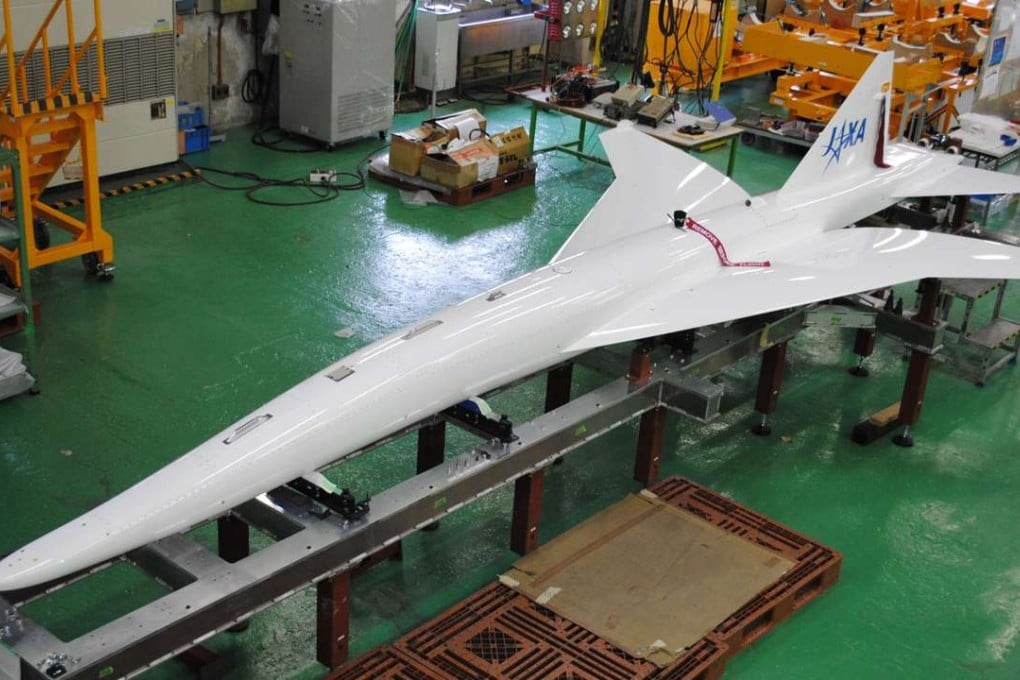Supersonic: Japan’s space agency is working on ‘son of Concorde’

By any measure, Concorde was a remarkable aircraft. Ahead of its time when it first took to the skies in 1969, it was sleek, graceful and extremely fast. It was also notoriously noisy, a drawback that halted the evolution of supersonic commercial aircraft in its tracks. Until now.
The Japan Aerospace Exploration Agency is working on the design of a next-generation supersonic commercial aircraft that is expected to produce a sonic shock wave 75 per cent smaller - and therefore quieter - than the one produced by Concorde. That would theoretically permit this new aircraft to be operated on overland routes without disturbing the sleep of people on the ground.

The D-Send project - the full name is Drop test for Simplified Evaluation of Non-symmetrically Distributed sonic boom - dates back to 2006, but scientists working on the programme have now progressed to releasing scale models of the future aircraft to confirm that the low sonic boom design actually works.
The most recent drop test was conducted at the Esrange Space Centre in Sweden in July 2015, with the Silent SuperSonic Concept Model lifted into the sky suspended by a hot air balloon. The aircraft was released at an altitude of 30.5km and guided remotely to pass over measurement equipment.
Travelling at a speed of Mach 1.39, the 7.9-metre-long aircraft created 32 per cent less pressure than a Concorde model of the same size. And that, said Kenji Yoshida, principal researcher in JAXA’s Aeronautical Technology Directorate, is a major achievement.